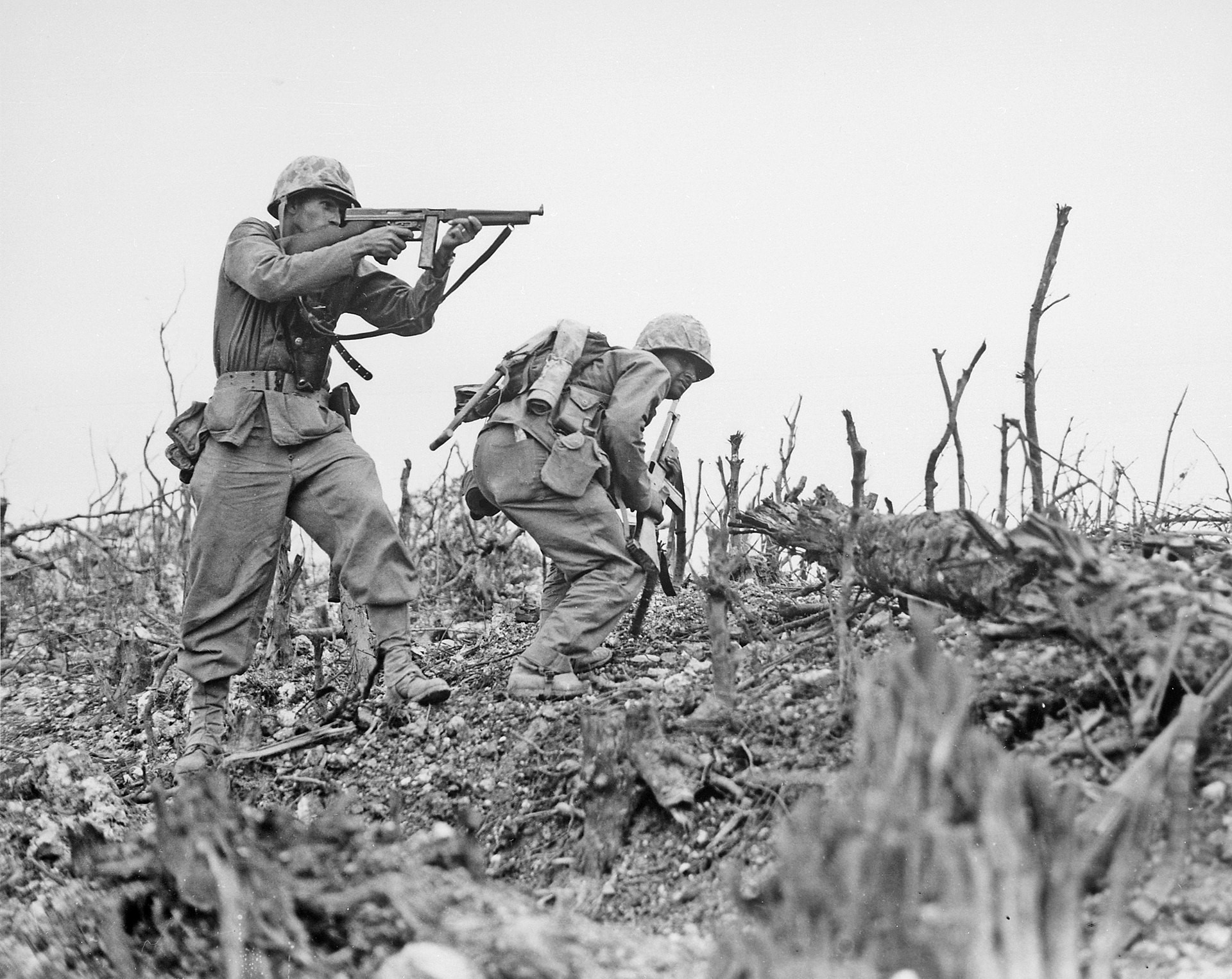Free Courses Sale ends Soon, Get It Now


Free Courses Sale ends Soon, Get It Now



Disclaimer: Copyright infringement not intended.
Context
Details
About the Battle of Okinawa
Background
Preparations and Forces Involved
The Assault
The Battle on Land
Naval and Air Operations
The Aftermath
Legacy and Significance
About Okinawa
Geography:
History:
Culture:
|
PRACTICE QUESTION Q. The Battle of Okinawa paved the way for the subsequent Allied occupation of Japan and the eventual surrender of the Japanese Empire. Examine. (250 Words) |
© 2024 iasgyan. All right reserved